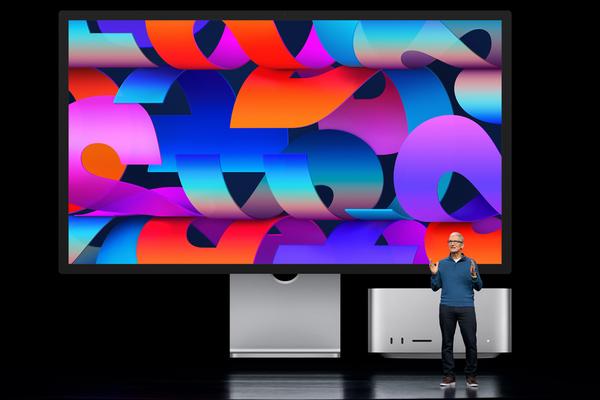Apple held a special event on March 9 (Japan time). There were rumors about the iPhone SE (3rd generation) and iPad Air on the internet in advance, so it was like "matching answers" as expected.
However, on the other hand, it was the announcement of "M1 Ultra", "Mac Studio", and "Studio Display" that surprised me unexpectedly. Regarding Mac, there were rumors that "MacBook Pro 13 inch will be announced" and "M2 will be installed". Certainly there were SNS accounts reporting the existence of Mac Studio just before the event, but I didn't expect a new product lineup to appear.
In particular, this time, the "toughness" of the M1 family strategy developed in-house was revealed, and I was made to take off my hat. What surprised me the most is that the M1 Ultra sticks two M1 Maxs together and behaves like one processor.
Actually, it was hidden at the time of the previous announcement, but the M1 Max was designed to connect two in advance. Until now, the approach of connecting two chips through a motherboard has existed. However, in this case, the negative factors such as increased delay, decreased bandwidth, and significantly increased power consumption are also stronger. Developers are also forced to make code changes because of this architecture.

Therefore, Apple prepared in advance a mechanism called "UltraFusion" that can connect two M1 Max. This makes it possible to exchange data at high speed. Moreover, in M1 Max, I had secured the resources to control two M1 Max in advance beyond my own ability.
So far, the M1 family has increased the lineup, such as M1 for devices used by general users such as MacBook Air and iPad Pro, and M1 Pro and M1 Max for MacBook Pro used by professionals.
Both of them have survived by expanding the architecture for each chip. However, when it gets to M1 Max, it hits a physical constraint to make a larger die. That's why Apple took the "two in one, act like one" approach and created the M1 Ultra.
With this method, you can create not only the SoC for the MacBook Pro, but also the base for the SoC for the Mac Studio, by making a large number of M1 Max. The more semiconductors are mass-produced, the lower the cost.
Apple has expanded the A15 Bionic, which was first made for the iPhone 13, to the iPhone SE (3rd generation) this time. Also, the M1 has expanded from MacBook Air, MacBook Pro, Mac Mini to iMac, iPad Pro, and now iPad Air.
It is Apple's specialty to reduce costs by increasing the number of in-house products, and the M1 Ultra is the highest peak while reducing the cost of using two M1 Max. The different goal of creating an SoC for desktops was achieved at once.


